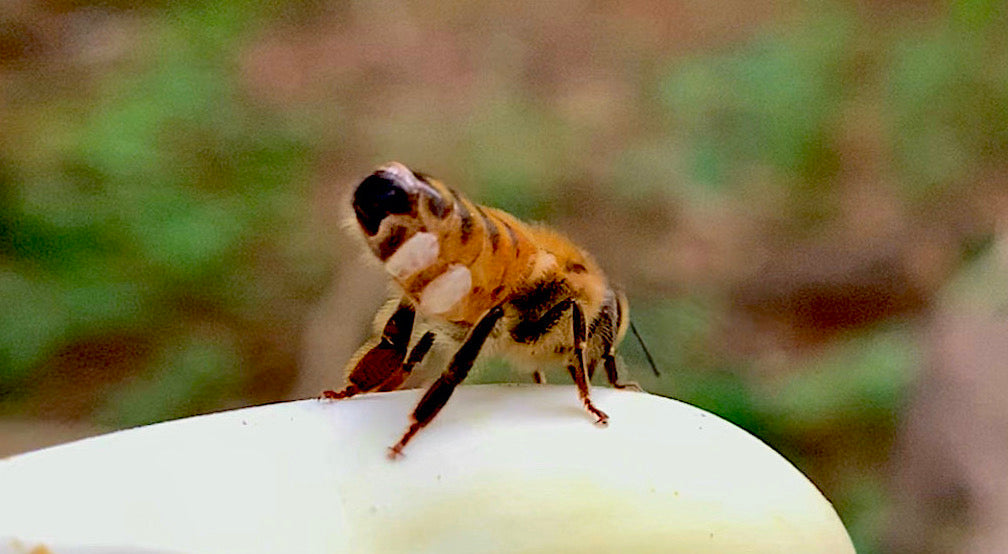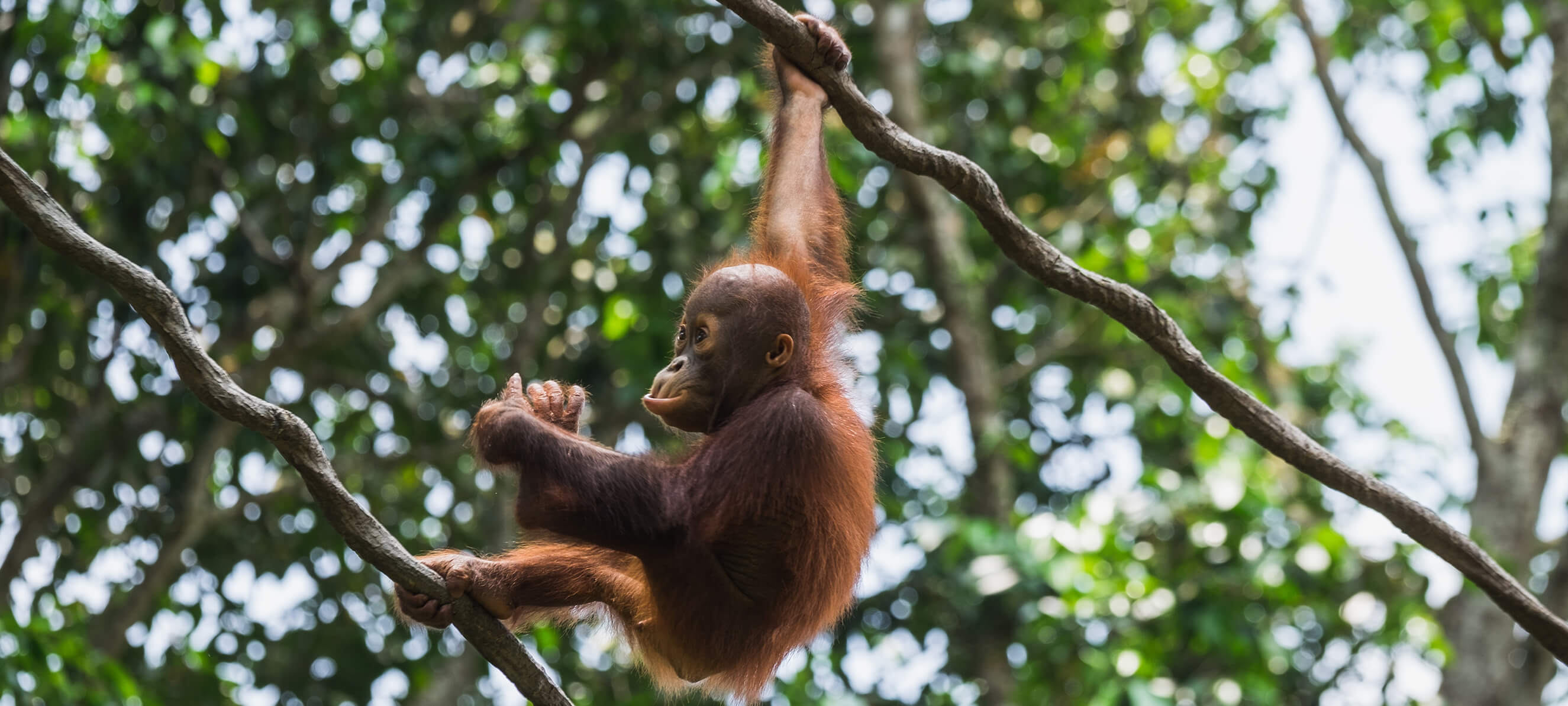Op. ECO: Beyond Almonds By G. Anders, Beekeeper

+Do you like almonds? You know, those sorts of oval-shaped spheres. They crunch nicely when you chew them. Maybe you like them pre-cracked and sprinkled on your salad. Or, perhaps, baked into an Almond Joy (that’s the way I like them best!). Maybe ground into flour for delicious pancakes. Chocolate almond pizzelles, lemon tart with an almond crust, almond milk, almond-bacon cheese crostini, almond candies, almond crusted Tilapia, chicken amandine, Moroccan cauliflower, and almond soup: the list goes on and on. By the way, they are not nuts.
In any event, there’s a problem. This isn’t an article about global warming, agricultural subsidies, national politics, or even trade policies...it’s about insects.
You see, Mother Nature made a mistake. A big mistake as far as almonds are concerned. Almond trees have evolved to depend on a single species for pollination: honeybees.
If honeybees go the way of the dodo, so, likely, do the almonds, not to mention causing deficits in the thirty percent, or so, of other agricultural foods that honeybees pollinate. And honeybees are gravely at risk. So, as not to be a complete pessimist, I note, that biologists have developed a strain of self-pollinating almond trees in recent years, but apparently the adaptation is far from perfect.
Back to the bees...pollination of California almonds draws migratory beekeepers from forty-nine states for the largest managed pollination event in the world. But to pollinate the almond trees, the beekeepers must have honeybees. Honeybees are, in the last twenty years or so, under scrounge by ‘colony collapse disorder'.
Apparently, the prime culprit in colony collapse is the varroa mite. Originally, varroa mites were thought of as vampires, sucking the lifeblood from prime worker bees. That has turned out to be false. Varroa mites are actually more like werewolves...sucking the fat from the bees’ bellies. Either way, the mites diminish the bees’ defenses to other diseases and when enough bees in the colony are infected, the hive collapses. [Technical note: a group of bees is a colony; the bee housing (tree hollow, woodenware, or otherwise) is the hive].
The varroa mite news is not all bad. There are various chemical means to control infestations. Although these treatments don’t always work and have possible negative side effects; they are chemicals, after all. But, again, science to the rescue. Bees such as ‘ankle biters’, ‘mite maulers’ and various other varroa killers are in development, albeit all with varying degrees of success so far.
Beyond almonds, you might think that bees are a hazard, particularly if your young child has been stung. But that is not the case with honeybees. First, you should know that in Southeast Pennsylvania, where I am from, there are (I am reliably told) eighty-one species of flying, stinging insects. This is not unusual for many locales. Second, honeybees have a barbed sting: when they sting, they leave behind their stinger as well as a substantial portion of their abdomen. As a result, they die. This is a strong disincentive to stinging...unless you are threatening their life or their colony.
So, it's all about the welfare and propagation of honeybees. And if we can do that, my friends,... Almonds are forever!
If you have read this far, maybe you are interested in learning more about helping honeybees or maybe you just liked this note, let us know at imwalrus.com.

+ Fun Facts“Work Bee Day” was campaigned by Slovenia in 2017 to the United Nations which swept the vote making the 20th of May proclaimed for the Bees. Bees have five eyes, six legs & two pairs of wings. An average beehive can hold up to 50,000 bees! The Queen can lay up to 2,000 eggs a day. Nectar must be collected from 2 million flowers in order to make one pound of honey. 1.3 pounds is the average consumption of honey in the US per capita. |
+SOLUTIONS, how you can help & DEEPER DIVES from more experts!
https://thebeeconservancy.org/10-ways-to-save-the-bees/?gclid=Cj0KCQjw1ZeUBhDyARIsAOzAqQI4SkzKse09MGxWK-1bp6Ea1egEB8GthFnxJBQCSSp_haK4Z9OzIckaAsIREALw_wcB
https://www.planetbee.org/how-to-help-bees
https://www.honeyflow.com/pages/help-the-bees
https://www.wwf.org.uk/updates/how-bee-friendly
*All photography by Chelsea DiPilla




Comments